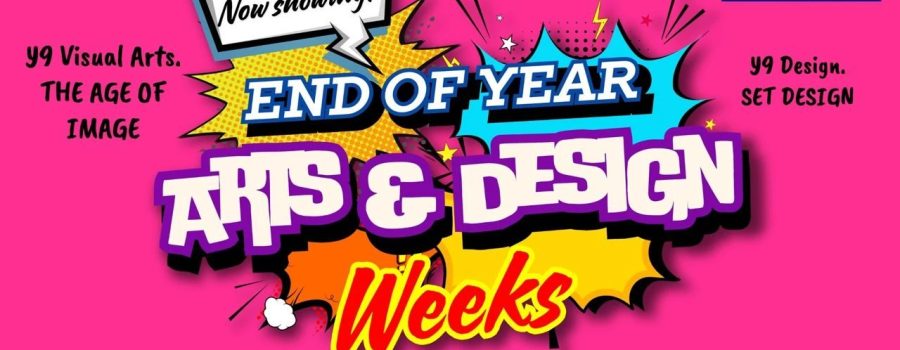










Y9 The Age of Image
In this last unit of the school year, Visual Arts students exhibited their creative and artistic response to the statement ‘Visual imageries help evolve the innovation and aesthetics across time, space, and culture.” Inspired by 2 (two) or more innovations of imagery across time and space, students created an artwork that reflects their understanding of the evolution of visual culture and aesthetics. Before their final artwork creation, students investigated different visual cultures related to imagery-related innovation across time, then they learned to use two important methods in creating imageries, which are the grid method drawing and the use of AI tools to generate images. From there, they developed their creative ideas, artistic intention, and practical exploration of selected material, skills, and techniques into a final art piece. Hopefully, this opportunity can prepare them for the next school year, when they continue this course in the final year of MYP.














Y11 DP Visual Arts Exhibition Practice
At the Year 11 Exhibition, four students are showcasing their art works from the 2nd semester. Among them, two are Standard Level students and two are Higher Level students. Each student has explored a unique theme and utilized different mediums to create their artworks.
The students have demonstrated a strong understanding of basic artistic techniques and concepts. Their artworks reflect their dedication to learning new art skills and developing their own artistic practice. The students have delved deeper into complex themes and experimented with more advanced techniques during this semester. Despite the differences in skill and understanding level, the students have produced decent art pieces that showcase their creativity and passion for art. The Year 11 Exhibition provides them with a platform to share their work with peers, teachers, and the wider community, allowing them to receive valuable feedback and recognition for their efforts.




Y9 Production Design
Production design is a key element of visual storytelling that helps bring the director’s vision to life. It involves creating the overall look and feel of a film or TV production through set design, location selection, props, graphics, costumes, and lighting. Exploring tips and best practices for optimising each phase of the process, learning to collaborate effectively with group brainstorming sessions and class discussion.
Students will learn to develop architectural designs for tv and film production, awareness of space, scale, and design based on story telling. Students develop a problem-solution based process journal on chosen entertainment they enjoy, such as tv drama, movie, computer game, game show, etc. Students chose who they design for, create primary and secondary research, followed by ideation consisting of developmental drawings and concept drawings. Students then build a scale model of their set and end the unit with an evaluation in which they survey their target audience and gain insight of whether their design has been successful, or not.
Authors: Benny Kharismana, Banomali Das, Del Wright





